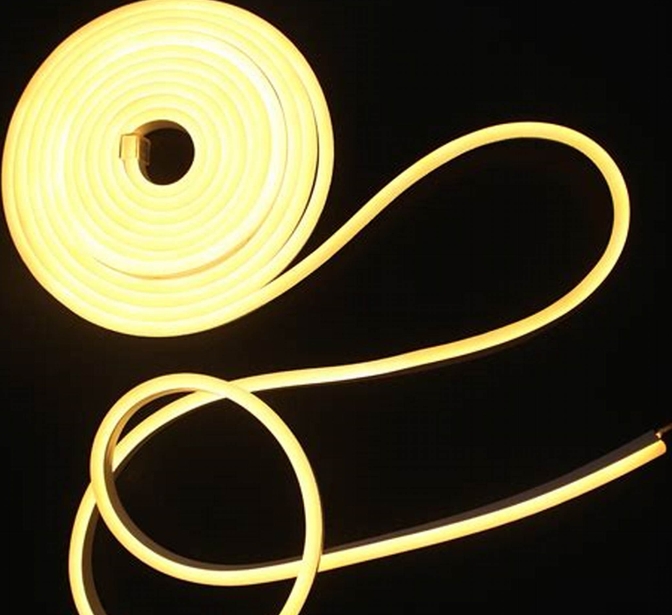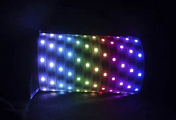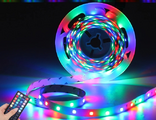What Quality Control Processes Do LED Strip Light Factories Use?
Comprehensive Component Inspection
Quality control begins the moment components arrive at an LED Strip Light factory. Each batch of LEDs, resistors, and flexible circuit boards undergoes a rigorous inspection to ensure they meet predefined standards. Factories use advanced optical inspection machines that can detect even the smallest defects in components, such as inconsistent LED sizes or flawed solder points. Typically, around 1-2% of components are rejected during this initial quality control phase to ensure only the best materials are used in production.
In-Process Assembly Checks
As the production of LED strips progresses, quality control specialists conduct in-process checks to monitor assembly quality. These checks are designed to identify any issues early in the manufacturing process, such as misalignment on the PCB or incorrect LED spacing. The use of automated SMT equipment helps maintain high precision, but manual checks are still performed at critical stages—often after every major assembly step—to guarantee consistent product quality. Approximately 5% of all strips are tested during this phase to ensure adherence to specifications.

Functional Testing
Once the LED strips are assembled, they undergo functional testing to ensure they operate correctly. This includes testing for correct voltage and current specifications, uniformity of light output, and color accuracy. Testing rigs are equipped to measure and record a range of electrical and photometric parameters, and every LED strip is powered up and checked. This process ensures that around 10% of production undergoes thorough testing, though some factories opt to test every strip depending on client requirements and the critical nature of the application.
Aging and Endurance Testing
To simulate real-world usage and ensure long-term reliability, LED strip lights are subjected to aging tests. These tests involve running the lights for extended periods, typically between 24 to 48 hours, under various environmental conditions. High temperatures and humidity levels are used to accelerate conditions and stress the LED strips, identifying potential early failures. This phase is crucial for assessing the lifespan and stability of the products, with approximately 3-5% of each batch undergoing these stringent tests.
Final Inspection and Packaging
Before packaging, a final inspection is carried out. This inspection covers physical attributes such as the adhesive backing and overall strip flexibility, as well as a final check on lighting consistency and color matching. Each strip is visually inspected, and random samples are tested again to ensure they meet all customer and regulatory standards. Only after passing this final check are the LED strips approved for packaging and shipping.
Logistics and Customer Feedback
Once LED strips pass all internal quality controls, they are shipped to customers. The factory’s quality control process doesn’t end here, though. Customer feedback is actively solicited and analyzed to continuously improve product quality. This ongoing loop of feedback and adjustment helps maintain high standards and customer satisfaction.
For a deeper insight into the quality control measures and to ensure you are partnering with a top-tier LED Strip Light factory, consider visiting the link provided. This connection offers an inside look at the meticulous processes that ensure the delivery of high-quality, reliable LED strip lighting solutions.





